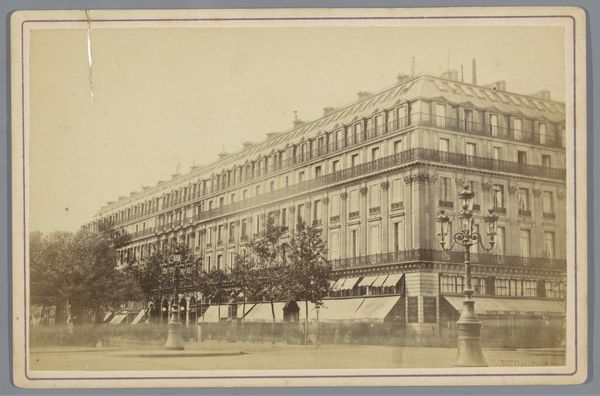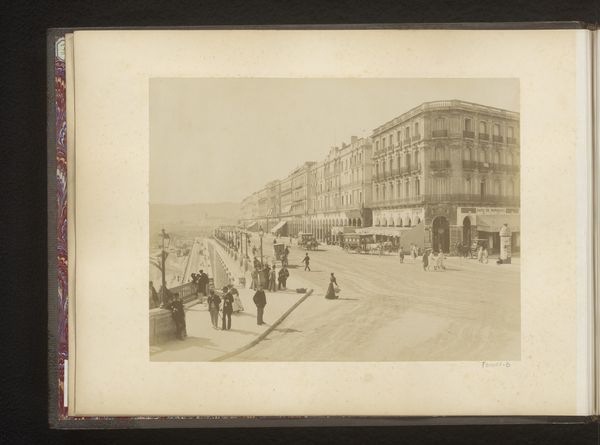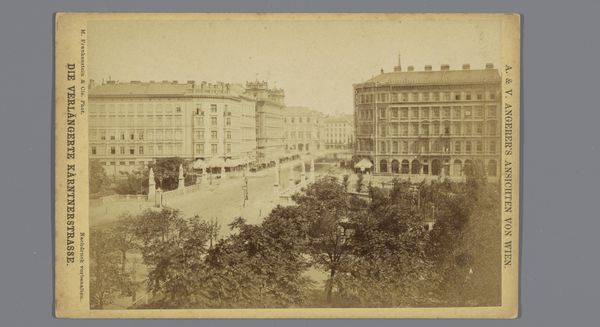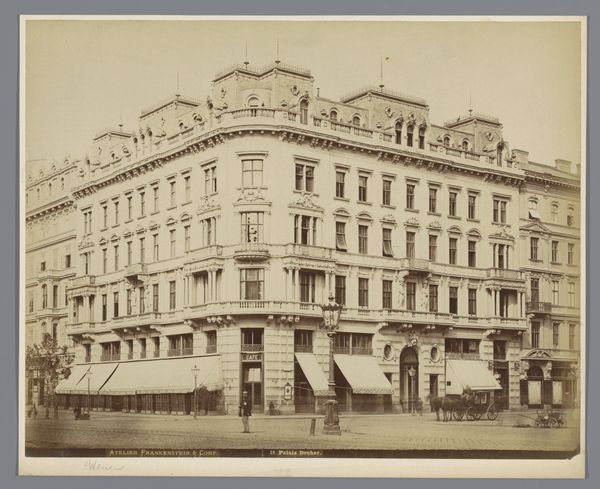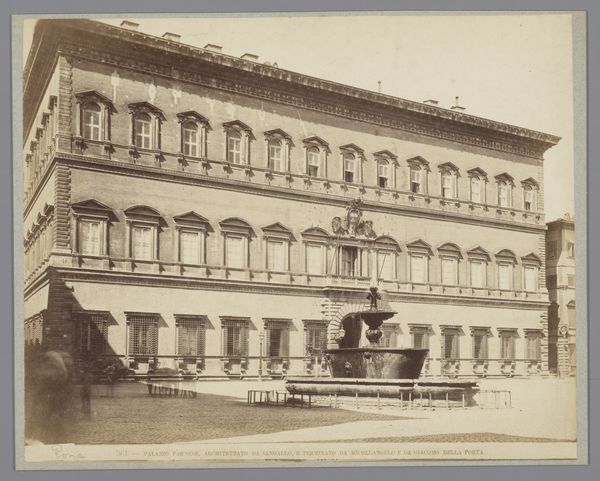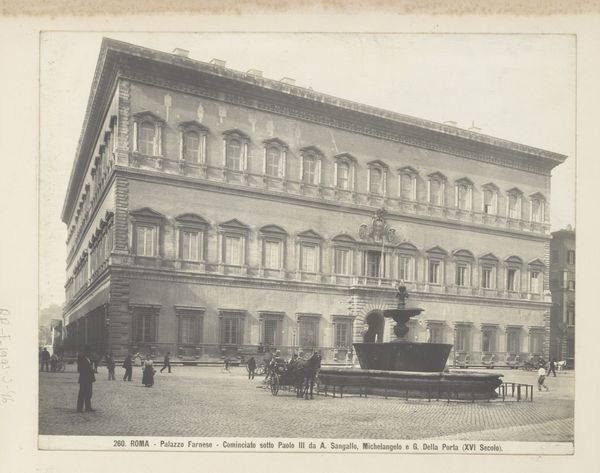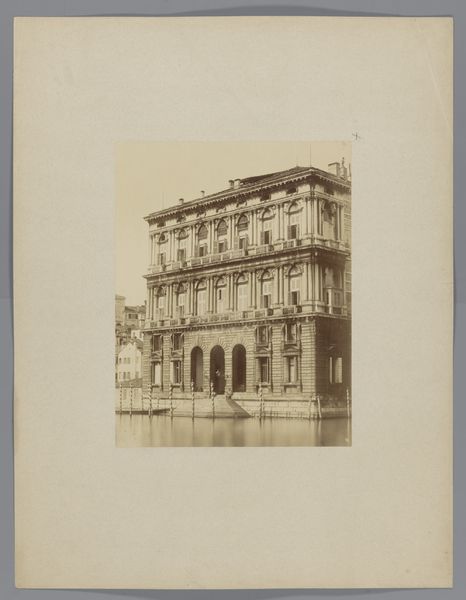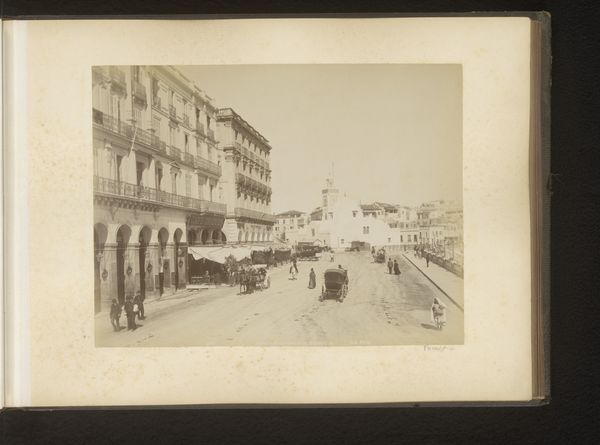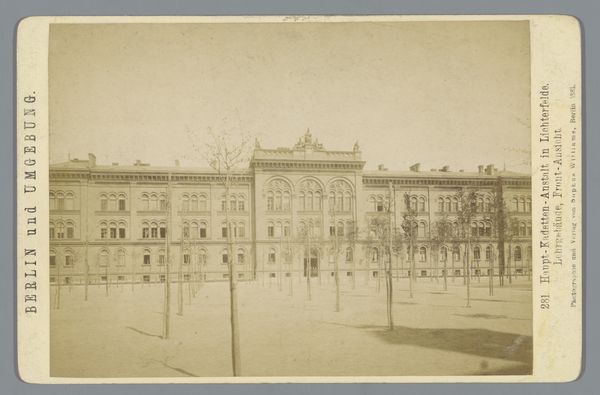
photography, albumen-print
#
landscape
#
photography
#
cityscape
#
albumen-print
#
realism
Dimensions: height 68 mm, width 106 mm
Copyright: Rijks Museum: Open Domain
This albumen print of the Hotel Beau-Rivage in Geneva was made by Th. Boulanger et Cie, sometime in the late 19th century. It speaks to the rise of leisure culture among the European upper classes and the way that photography played a role in circulating images of fashionable destinations. The Beau-Rivage, with its grand architecture and prime lakeside location, catered to a clientele seeking luxury and refinement. In this image, we see visual codes of wealth and status: the hotel's imposing facade, the manicured gardens, and the stylishly dressed figures in the foreground, all reinforcing the image of Geneva as a destination for the elite. This was an era of rapid industrialization and growing social inequality, and hotels like the Beau-Rivage became stages where the wealthy could perform their privileged status. To understand this image better, we might consult tourist guides, social registers, and other period documents to get a sense of how this hotel was marketed and perceived by its clientele. The image serves as a reminder that art is always enmeshed in a web of social and institutional relations.
Comments
No comments
Be the first to comment and join the conversation on the ultimate creative platform.
